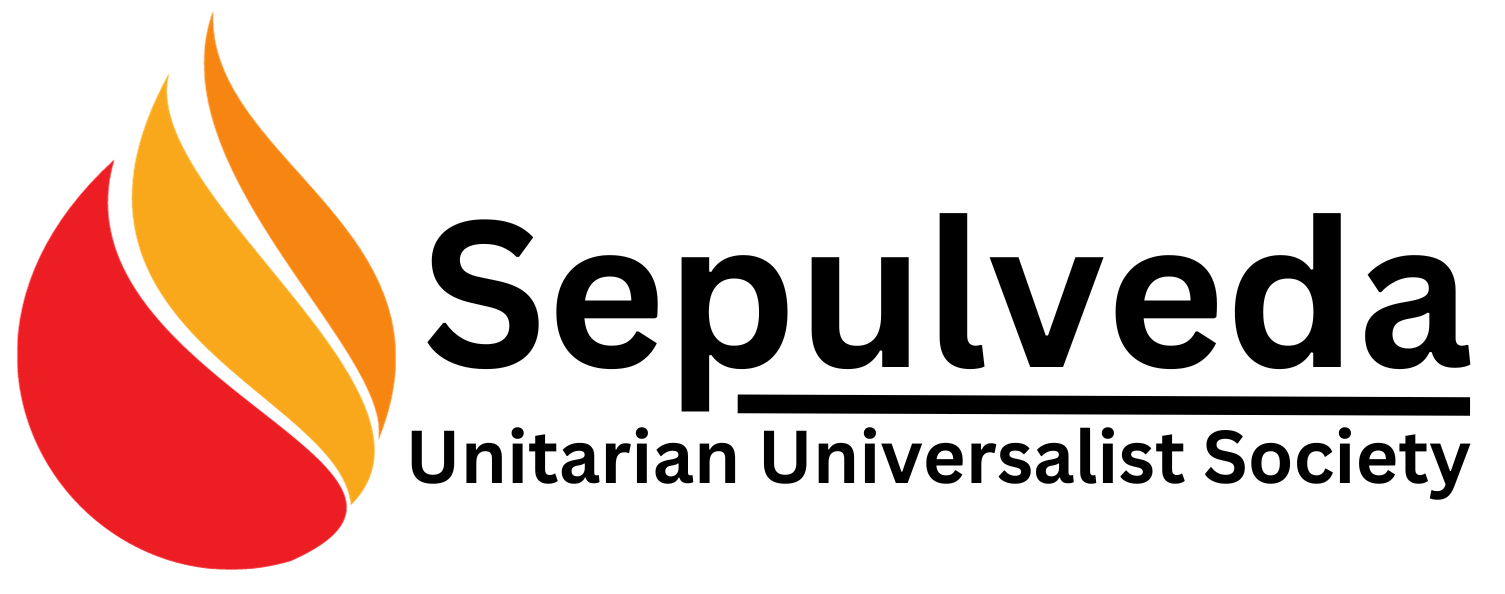Day 11. Harm Reduction Approaches
Today, we will explore harm reduction—a compassionate and pragmatic approach to addiction that prioritizes the health and dignity of individuals who use substances. Harm reduction acknowledges the complex realities of addiction and seeks to minimize its negative consequences rather than solely focusing on abstinence.
What Is Harm Reduction?
Harm reduction is a set of practical strategies and ideas aimed at reducing the negative consequences associated with drug use. It is rooted in principles of public health, human rights, and social justice. Rather than insisting on abstinence as the only path to recovery, harm reduction meets individuals where they are, offering support to reduce harm while respecting their autonomy.
Harm reduction includes a wide range of services and practices, such as:
- Needle Exchange Programs: Providing clean needles to prevent the spread of infectious diseases like HIV and hepatitis among people who inject drugs.
- Supervised Consumption Sites: Safe spaces where individuals can use drugs under medical supervision, reducing the risk of overdose and connecting them with health services.
- Naloxone Distribution: Making naloxone, a medication that can reverse opioid overdoses, widely available to people who use drugs and their communities.
- Education on Safer Use: Providing information on safer drug use practices, such as how to test substances for harmful additives like fentanyl.
- Access to Healthcare and Social Services: Connecting individuals with health care, housing, mental health services, and other forms of support.
The Compassionate Approach of Harm Reduction
Harm reduction is grounded in compassion. It recognizes that people who use drugs deserve to be treated with dignity and respect, regardless of their circumstances. This approach does not judge individuals based on their drug use; instead, it seeks to empower them to make healthier choices by providing non-coercive support and resources.
Harm reduction also aligns with our principles of justice, equity, and compassion. By acknowledging the inherent worth and dignity of every person, we affirm that everyone deserves care and support, regardless of their relationship with substances. Harm reduction also emphasizes the importance of informed choice, respecting individuals’ autonomy over their own bodies and lives.
Examples of Harm Reduction Programs
There are many harm reduction programs and resources available online that can offer support to individuals and communities. Here are a few notable examples:
- The National Harm Reduction Coalition: This organization works to advance harm reduction policies and practices that promote the health and dignity of people who use drugs. Their website offers educational resources, training opportunities, and directories of harm reduction services across the United States.
- Next Distro: Next Distro is an online and mail-based harm reduction platform that provides individuals with access to harm reduction supplies like naloxone, clean syringes, and fentanyl test strips. They also offer educational resources on safer drug use practices.
- Harm Reduction International: This global network works to reduce the negative health, social, and legal impacts of drug use. Their website provides resources, research, and advocacy tools for harm reduction initiatives worldwide.
- Drug Policy Alliance: This organization advocates for drug policies that are grounded in science, compassion, health, and human rights. They offer resources and information on harm reduction approaches, including policy guides and educational materials.
- Fentanyl Test Strip Access: Various organizations and websites provide information on how to obtain and use fentanyl test strips, which can help individuals avoid accidental overdoses by testing substances for the presence of fentanyl.
Harm Reduction in BIPOC and Queer Communities
BIPOC and Queer communities often face additional barriers to accessing harm reduction services due to systemic racism, discrimination, and stigma. Harm reduction programs tailored to these communities are vital in ensuring that all individuals receive the care and support they need.
- Black Harm Reduction Network: This network centers the needs and experiences of Black communities in harm reduction efforts, offering resources and support that address the unique challenges faced by Black people who use drugs.
- Queer Harm Reduction: This initiative focuses on the intersection of LGBTQ+ identities and drug use, providing harm reduction resources and education specifically designed for Queer communities.
Today’s Reflection
As we reflect on the principles of harm reduction, let us consider how we can support compassionate and pragmatic approaches to addiction within our communities. How can we advocate for harm reduction services and policies that respect the dignity and humanity of people who use drugs? How can we ensure that these services are accessible to all, particularly those in marginalized communities?
We are called to respond to the challenges of addiction with love, understanding, and a commitment to justice. Let us embrace harm reduction as a way to extend our care to those who need it most, offering them the support they need to live healthier and safer lives.
Learn more about Harm Reduction Coalition which promotes harm reduction strategies and provides resources for safe drug use practices. Their website includes information on harm reduction programs, policy advocacy, and community support.
We invite you to join us each day of October as we delve into these critical topics. Together, we can foster a culture of care, where we uplift one another and build a more compassionate world. Let this month be a time of healing, growth, and connection as we care for ourselves and others.
#UU #UUA #CelebrateDiversity #AddressingAddiction #BIPOC #FamilyCareGivers #MentalHealthAwareness #MentalHealthMatters #Queer #SuicidePrevention #Youth
Discover more from SepulvedaUU
Subscribe to get the latest posts sent to your email.
